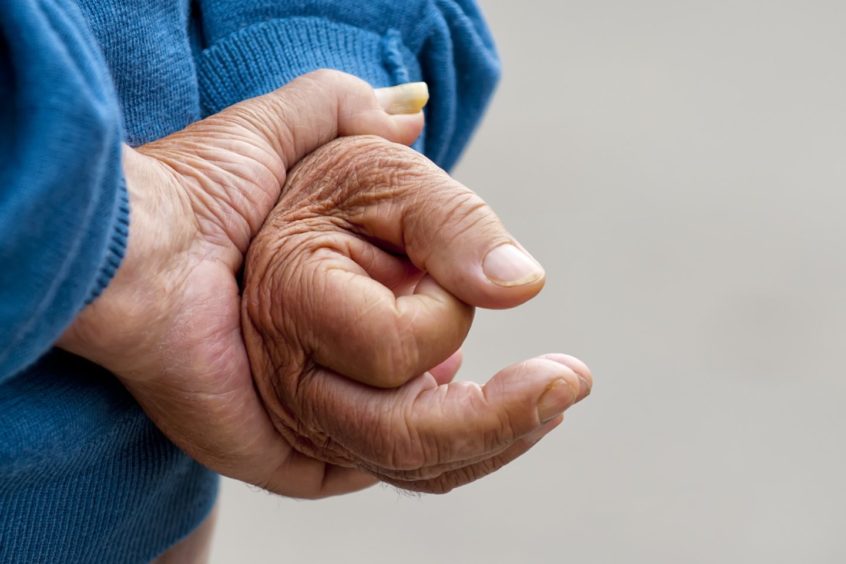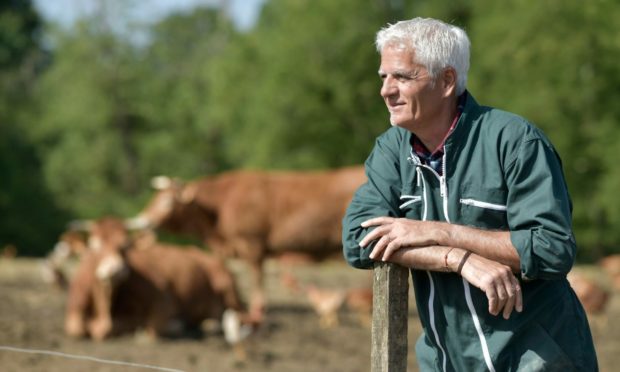As farmers wait to discover if a revamped Scottish agricultural policy will offer them a lump sum to leave the industry, new research shows just 23% plan to take income from their farm in later life.
Defra has already announced plans to offer English farmers an exit payment, and research by NFU Mutual has confirmed the vast majority of farmers (85%) continue to be involved on the farm well beyond retirement age, whether that is just helping out at busy times or looking after the paperwork.
When they retire, half of Scottish farmers (51%) plan to do the same work they currently do – but less intensely – while 41% plan to help out at busy times. Around a quarter (23%) plan to help out with fencing and other odd jobs, and only 15% expect to do nothing.
And while only a quarter plan to take any income from the farm, a survey of 688 farms across England, Scotland and Northern Ireland by the University of Exeter for the rural insurer found that private pensions are the main sources of income in retirement.

A quarter of Scottish farmers said they planned to use income from letting property in later life, and 41% intend to use income from other investments
NFU Mutual’s chartered financial planner, Sean McCann, said: “Pensions provide an independent source of income for the older generation, giving them the freedom to take less from the farm.
“This can be particularly important when two and sometimes three generations are relying on the farm for their livelihood.
“Because of the range of options when it comes to taking money from pensions, it’s important to take advice to ensure you don’t pay more tax than you need to.”
In a separate survey, 85% of NFU Mutual customers questioned said they would seek professional help for pensions. This compared to 78% who would turn to an adviser for their investments, 46% who would seek help with an ISA, and 39% who required assistance with life insurance and other protection products.
Common pension traps identified by NFU Mutual include:
• Taking more than your 25% tax free cash entitlement from your pension can trigger an Income Tax bill.
• Money in pensions is normally free from Inheritance tax. Cashing in part or all of your pension and putting the money in a bank account means losing this protection.
• Taking more than your 25% tax free cash entitlement reduces the amount that you (and your employer) can pay into pension from up to £40,000 each tax year, down to £4,000
